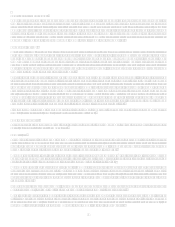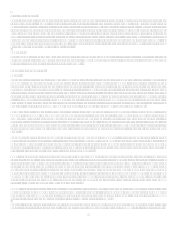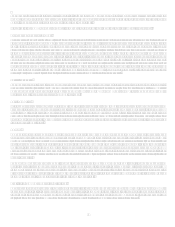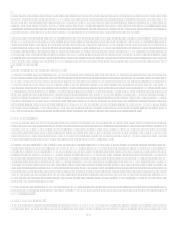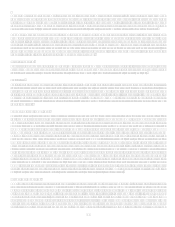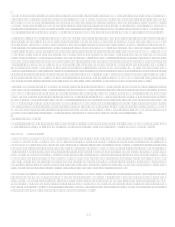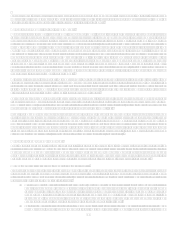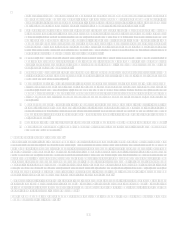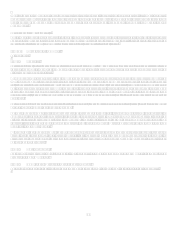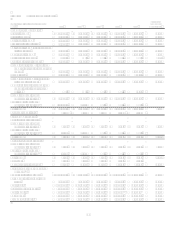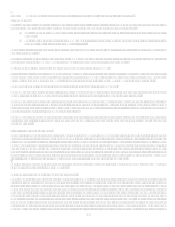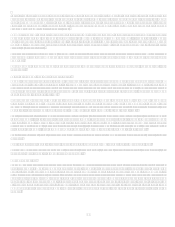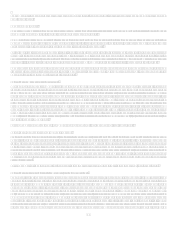Capital One 2007 Annual Report Download - page 38
Download and view the complete annual report
Please find page 38 of the 2007 Capital One annual report below. You can navigate through the pages in the report by either clicking on the pages listed below, or by using the keyword search tool below to find specific information within the annual report.16
We May Fail To Realize All of the Anticipated Benefits of our Merger
The success of our merger with North Fork will depend, in part, on our ability to realize the anticipated benefits from combining the
businesses of Capital One (including the legacy business of Hibernia Corporation) and North Fork. If we are not able to achieve the
objectives of the North Fork integration, the anticipated benefits of the merger, such as cost savings and other synergies, may not be
realized fully or at all or may take longer to realize than expected. In addition, it is possible that the ongoing integration process could
result in the loss of key employees, the disruption of each companys ongoing businesses or inconsistencies in standards, controls,
procedures and policies that adversely affect our ability to maintain relationships with clients, customers, depositors and employees or
to achieve the anticipated benefits of the merger. Integration efforts also may continue to divert management attention and resources.
These integration matters may have an adverse effect on the Company during such transition period.
Our recent acquisitions also involve our entry into new businesses and new geographic or other markets which present risks resulting
from our relative inexperience in these new areas and these new businesses. Historically, our business has not focused on retail and
commercial banking. These new businesses change the overall character of our consolidated portfolio of businesses and react
differently to economic and other external factors. We face the risk that we will not be successful in these new businesses in these new
markets.
In addition, as we continue the integration of North Fork, we face the challenge of combining the cultural and historical identities of
institutions that previously operated independently. We face the risk that we will not be able to successfully integrate their commercial
and local retail lending culture with our national scale lending culture. Furthermore, we may be unable to appreciate the cultural
factors that drive these new businesses. If we are unable to successfully adapt our unique cultural perspectives, our integration efforts
and our overall business could suffer.
We Face Risk Related to the Strength of our Operational, Technological and Organizational Infrastructure
Our ability to grow and compete is dependent on our ability to build or acquire the necessary operational and technological
infrastructure and to manage the cost of that infrastructure while we expand and as we integrate acquired businesses. Similar to other
large corporations, operational risk can manifest itself in many ways, such as errors related to failed or inadequate processes, faulty or
disabled computer systems, fraud by employees or persons outside of the Company and exposure to external events. We are dependent
on our operational infrastructure to help manage these risks. From time to time, we may need to change or upgrade our technology
infrastructure. We may experience disruption, and we may face additional exposure to these risks during the course of making such
changes. In addition, as we acquire other institutions, we face additional challenges when integrating different operational platforms.
Such integration efforts may be more disruptive to the business and/or more costly than we anticipate.
In some cases, we outsource the maintenance and development of our operational and technological functionality to third parties.
These third parties may experience errors or disruptions that could adversely impact us and over which we may have limited control.
Any increase in the amount of our infrastructure that we outsource to third parties may increase our exposure to this risk.
In addition, we are heavily dependent on the strength and capability of our technology systems which we use both to interface with
our customers and to manage our internal financial and other systems. Our ability to develop and deliver new products that meet the
needs of our existing customers and attract new ones depends on the functionality of our technology systems. Our ability to develop
and implement effective marketing campaigns also depends on our technology. Additionally, our ability to run our business in
compliance with applicable laws and regulations is dependent on these infrastructures.
Finally, in addition to maintaining a solid infrastructure platform, we are also dependent on recruiting management and operations
personnel with the experience to run an increasingly large and complex business. Although we take steps to retain our existing
management talent and recruit new talent as needed, we face a competitive market for such talent and there can be no assurance that
we will continue to be able to maintain and build a management team capable of running our increasingly large and complex business.
Also, we may acquire key personnel in connection with the acquisition of businesses. While we strive to retain such personnel, there
can be no assurance that we will be able to do so.
The Credit Card Industry Faces Increased Litigation Risks Relating to Industry Structure
We face risks from the outcomes of certain credit card industry litigation. Substantial legal liability against the Company could have a
material adverse financial effect or cause significant reputational harm to us, which could seriously harm our business. For a full
description of the litigation risks that we face in connection with the structure of our industry, please refer to Industry Litigation in
Item 8 Financial Statements and Supplementary DataNotes to the Financial StatementsNote 21.
We Face the Risk of a Complex and Changing Regulatory and Legal Environment
We operate in a heavily regulated industry and are therefore subject to a wide array of banking, consumer lending and deposit laws
and regulations that apply to almost every element of our business. Failure to comply with these laws and regulations could result in



